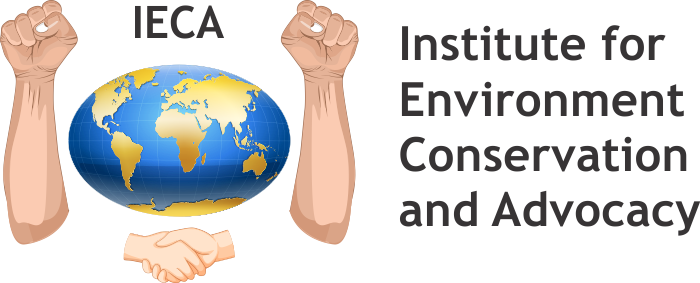Service learning is an effective approach to environmental education that combines academic learning with community service to address real-world environmental challenges. Here's how service learning can be integrated into environmental education:
- Identify Local Environmental Issues: Collaborate with community partners to identify environmental issues or concerns that can serve as meaningful service learning projects. These could include topics such as pollution, habitat loss, waste management, or climate change impacts.
- Design Service Projects: Develop service projects that allow students to apply their knowledge and skills to address identified environmental issues. Projects could involve activities such as organizing clean-up events, implementing recycling programs, restoring natural habitats, or raising awareness about environmental conservation.
- Connect with Community Partners: Partner with local organizations, government agencies, or environmental groups that are actively working on environmental initiatives. These partners can provide guidance, resources, and opportunities for students to engage in meaningful service projects.
- Integrate Academic Content: Ensure that service learning projects are aligned with academic curriculum standards and learning objectives. Integrate environmental science concepts, critical thinking skills, and reflection activities into service projects to enhance students' understanding of environmental issues and solutions.
- Provide Training and Support: Offer training sessions or workshops to prepare students for their service projects, covering topics such as environmental stewardship, project management, communication skills, and teamwork.
- Reflective Learning: Incorporate reflection activities throughout the service learning experience to help students critically analyze their experiences, connect service activities to academic learning, and consider the broader implications of their actions on the environment and community.
- Evaluate Impact: Assess the impact of service learning projects on both student learning outcomes and the local environment. Measure outcomes such as changes in environmental knowledge, attitudes, behaviors, as well as the tangible environmental improvements resulting from service projects.
- Promote Civic Engagement: Encourage students to become active participants in environmental stewardship by engaging in ongoing service activities, advocating for environmental policies, or volunteering with local environmental organizations beyond the scope of their service learning projects.
By integrating service learning into environmental education, students not only gain academic knowledge and skills but also develop a sense of civic responsibility and commitment to protecting the environment for future generations. Service learning fosters meaningful connections between classroom learning and real-world environmental action, empowering students to make a positive impact in their communities.

 Call :
Call :